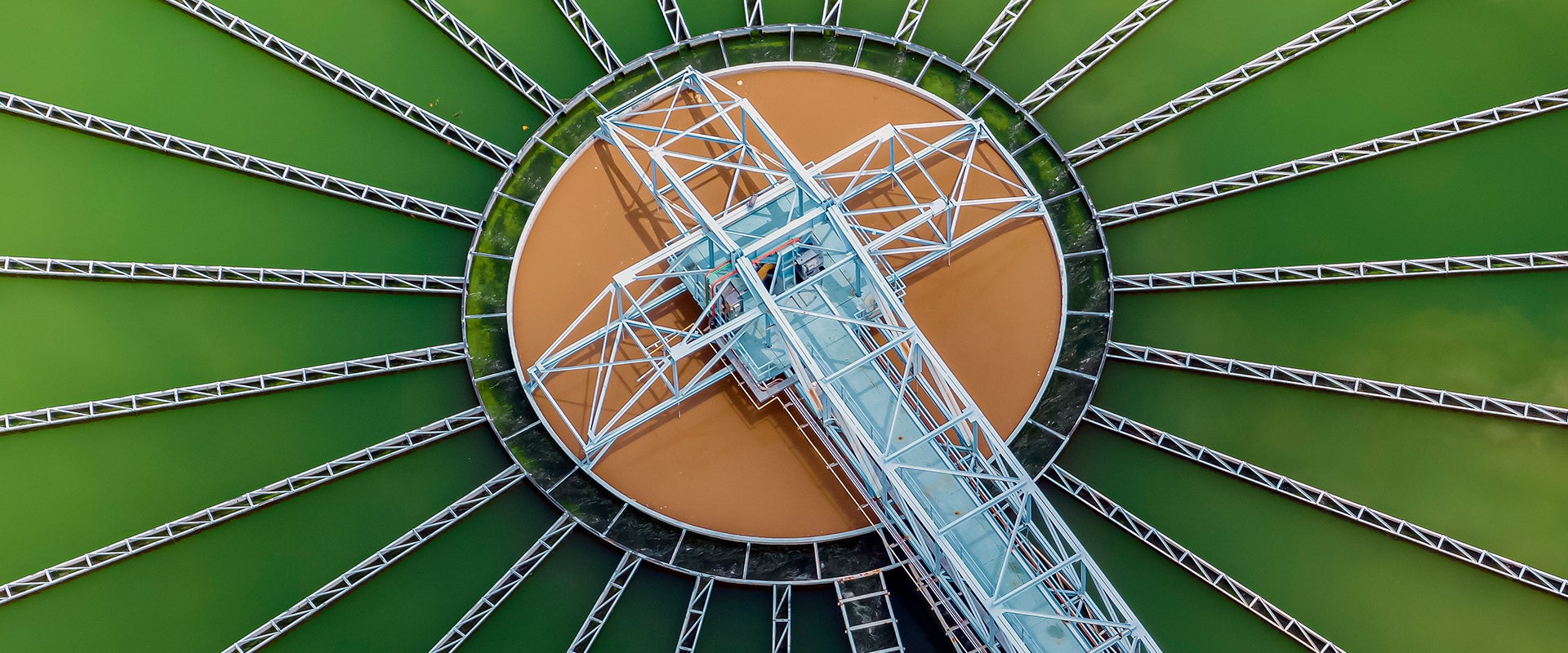Water will continue to be funded locally
Though the IIJA will increase the federal government’s role in funding water infrastructure, state and local governments will remain the most important sources of funding in the water market. These entities collectively fund about 93% of water infrastructure, primarily from utility rates and fees as well as municipal bonds.
Funding from state and local governments is projected to grow 3% annually over the next five years as high-profile water incidents and infrastructure investment remain prominent issues for municipal rate setters.
Public awareness of newsworthy water incidents in Flint, Michigan, and Jackson, Mississippi, has raised the salience of underinvestment in water infrastructure. Local government officials, increasingly aware that underinvestment in water infrastructure puts them at risk for high-profile public relations disasters, are therefore more willing to approve rate increases to fund upgrades.
At the same time, state and local governments are also in a significantly better financial position than they were at the height of the COVID-19 crisis due to continued economic recovery, federal transfers and budget surpluses. In 2007, only 22% of states had a AAA credit rating, whereas 38% do today. With stronger balance sheets and a growing tax base, state and local governments are increasingly willing to use bond financing to fund water projects, which will ensure the continued steady growth of the market base due to local spending.
Strategic implications for investors
For manufacturers and investors alike, this period of growth creates a new set of opportunities and challenges. To best manage the challenges, stakeholders should consider the following:
- Protect margins — The commercial and competitive environment remains largely unchanged in the wake of the IIJA — manufacturers still win through quality, expertise, availability and price. However, price has become more of an issue in this inflationary environment, and protecting margin gains through operational excellence will become critical to maintaining current levels of profitability.
- Identify high-growth niches — The IIJA will disproportionately allocate funds to the emerging need to remediate contaminants and replace lead service lines. Technologies such as filtration systems and trenchless rehabilitation will see an outsized benefit from IIJA funding, creating attractive investment opportunities for strategic and financial buyers.
- Hold through 2027 — Investors need not be concerned that the end of the IIJA will lead to a rapid slowdown in water market growth. Because the IIJA impact is spread out over 10 years, with spending peaking in 2027, investors can expect years of stable growth before a slight cooling off in the early 2030s.
Ultimately, water and wastewater remains an attractive market with ample opportunity for growth, both currently and as we look toward the later 2020s, when IIJA funds begin to taper off. Revitalizing existing infrastructure and making key investments to ensure the safe delivery of drinking water and treatment of wastewater will ensure activity remains consistent in the coming decades.
L.E.K. Consulting is a registered trademark of L.E.K. Consulting LLC. All other products and brands mentioned in this document are properties of their respective owners. © 2024 L.E.K. Consulting LLC









